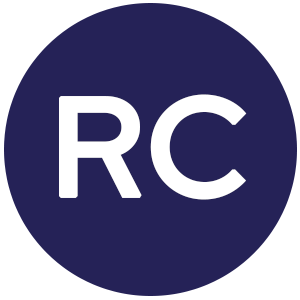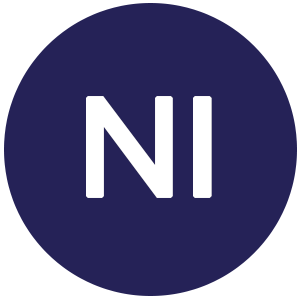Think back to some of your earliest experiences with a smartphone. Let’s say it was the mid-2000’s, and you were using a Blackberry. The technology was expensive, but it was top-of-the-line at the time, and it got the job done. Now, fast-forward a couple of years. You’re still using your Blackberry, but there are other technologies available on the market. Your bulky, button-pad Blackberry isn’t as sleek as the new iPhone and Android devices. Its operating system is much slower than its competitors, and there’s no sign that plans are in place to make the changes necessary for the device to take advantage of new developments in mobile technology.
You’ve got a choice. Do you hang on and try to wait it out for the update to your existing Blackberry? It’s a tempting prospect because you’ve already spent money on the device. Wouldn’t your investment be a waste if you gave up on it now? Or do you recycle that device and instead invest in an upgrade —an iPhone or Android device capable of harnessing today’s technology and able to take advantage of what may come next?
Hospitals running on legacy real-time location systems (RTLS) like infrared and ultrasound find themselves in a similar situation today.
When RTLS technology doesn’t meet modern needs — unless it’s updated
Legacy RTLS technologies aren’t just ancient, they’re also incapable of nimbly adapting to the ever-changing landscape of today’s hospitals. Legacy RTLS solutions are incredibly expensive and disruptive to install in the first place—and they’re just as expensive and disruptive to update when a hospital’s footprint changes. For that reason, many hospitals simply choose not to update them.
Then what happens? As the RTLS ages, its accuracy and dependability disappear. More and more, the system is telling staff that a piece of equipment is in a certain place—but when the staff tries to find the equipment, it’s not there. The staff begins to lose confidence in the system, and once that happens, they’ll stop using it. Once they stop using it, the system goes from having negligible value to the hospital to no value at all.
These hospitals—just like the Blackberry users of the 2010s—face a choice. If they want to continue having a usable asset tracking system, they can double-down and try to update their 10-to-20-year-old legacy system to the tune of millions of dollars.
Or they can choose to take that money and invest it in a newer, better, faster solution which takes advantage of technologies that have emerged and matured in the past decade. The most innovative solutions leverage artificial intelligence and machine learning platforms to empower minimal on-site infrastructure required to implement solutions.
A worthy RTLS upgrade without the complicated installation process
Cognosos’ RTLS delivers a cutting-edge solution to achieve room-level visibility with minimal infrastructure. It does so thanks to a proprietary AI-powered location engine, LocationAI, that uses machine learning to analyze and update the information it receives from Bluetooth Low Energy (BLE)-enabled tags. By continually processing the information from the tags in the course of its normal operation, LocationAI automatically adjusts to changes in the environment to ensure ongoing accuracy is maintained. That means that in most cases, when your hospital’s architecture changes, the system can respond to these changes and still deliver the correct location information— with no additional expensive or disruptive changes to your installation.
To learn more about the innovative technology that allows Cognosos to deliver the fastest route to return on your RTLS investment by downloading our whitepaper, “High-quality data from low-cost sensors: How LocationAI is transforming the value proposition for RTLS solutions” today.



